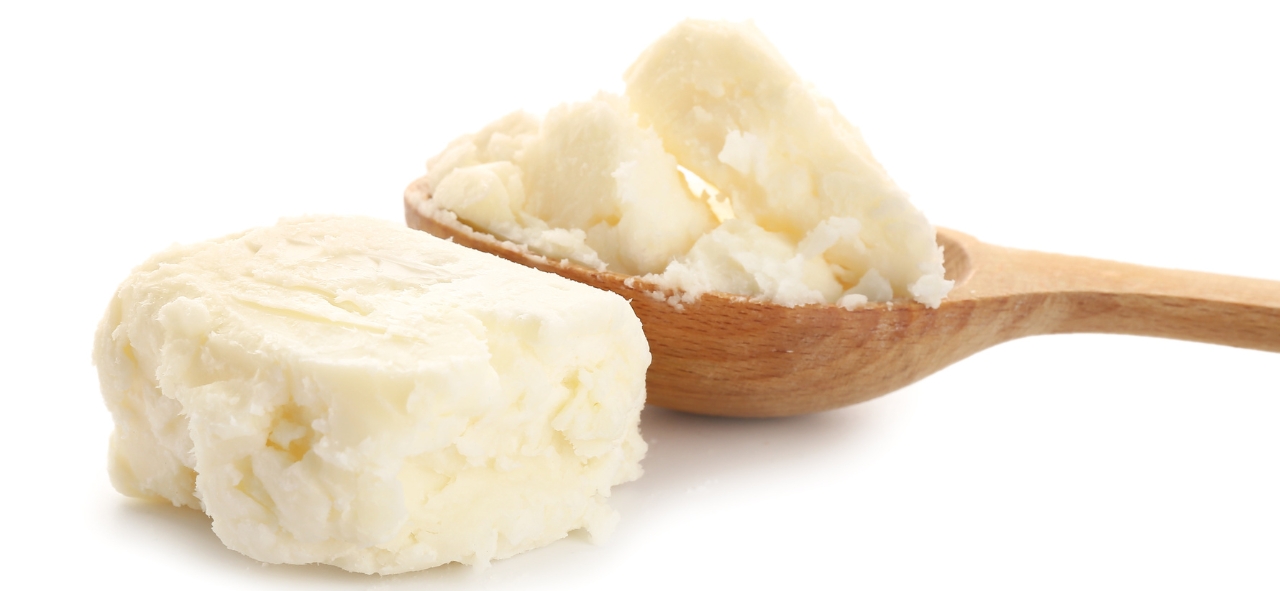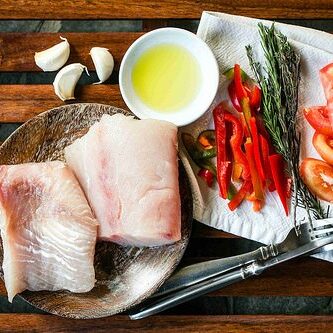Pass the butter or pass on the butter?
Butter at Blue Osa
At Blue Osa, clean, farm-to-table eating is our priority. It is also important for us to show our guests that eating healthy and clean doesn’t mean you have to sacrafice on foods we all love but are guilted into eliminating from our diets.
We’re talking about breads and desserts! Almost every morning (with the exception of our traditional gallo pinto breakfast) our Blue Osa chefs bake homemade breads to serve with fresh tropical fruits and eggs to order. Butter is not only an ingredient in our breads (unless our guests are dairy-free) but served on the side for guests to slather on top!
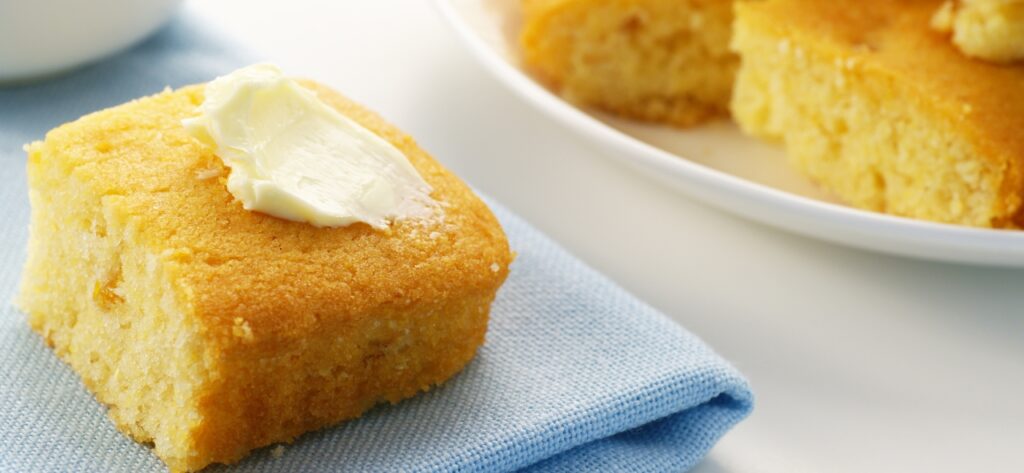
Now why would a yoga retreat focused on health and wellness offer bread and butter to our guests? Well, it’s becasue butter actually has a lot of nutritional value!
Health Benefits of Butter
- Butter is rich in many vitamins including vitamin A, D, E, B12 and K2.
- Butter is high in beta-carotene which can help lower your chances of cancer and help slow the rate of vision loss, or age-related macular degeneration (AMD).
- Calcium in butter is essential for bone strengh and preventing osteoporosis.
One more health benefit that may surprise but delight you is butter can help make your skin healthier! Butter contains vitamin E which plays a major role in your skin’s health. Vitamin E reduces damage from UV sun rays, reduces skin inflammation, and improves how well skin wounds heal (an essential vitamin for the Osa Penisula!).
Butter also contains boric acid which plays a crucial role in the formation of collagen in our skin. In fact, butter was used as a moisturizer in many ancient cultures, like in Tibet and Egypt. Egyptians even used butter to plump up the skin of their mummies! Like an ancient botox.
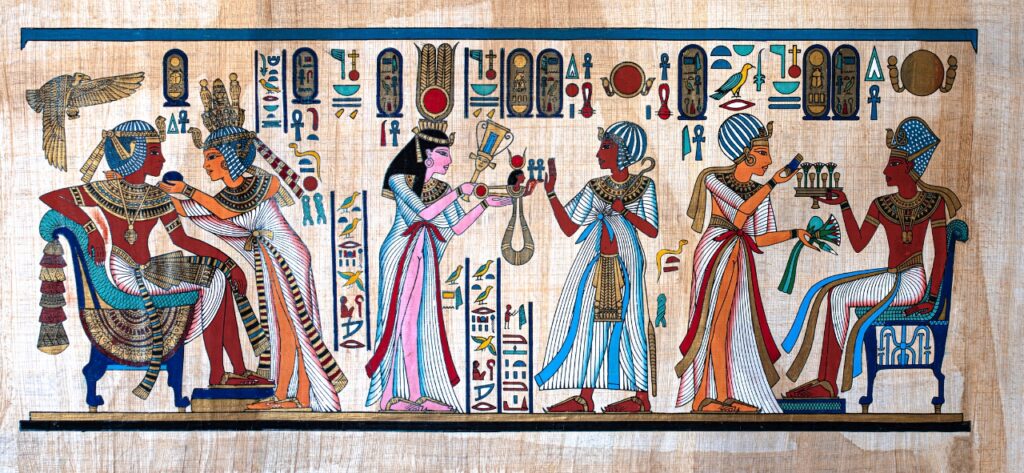
Of course we know that everything is ok in moderation. It’s important that when you do consume butter it should be of high quality and in small amounts as butter is high in calories and fat — including saturated fat, which is linked to heart disease.
So now let’s take a look at Margarine . . .
History of Margarine
Margarine was originally manufactured to fatten turkeys (which should be reason enough to stay away from it). When it killed the turkeys (convinced yet?), the people who had put all the money into the research wanted a payback so they put their heads together to figure out what to do with this product to get their money back. It was a white substance with no food appeal so they added the yellow coloring and sold it to people to use in place of butter. How lovely.
Facts About Margarine:
- Very high in trans fatty acids.
- Triple risk of coronary heart disease.
- Increases total cholesterol and LDL (this is the bad cholesterol) and lowers HDL cholesterol, (the good cholesterol).
- Increases the risk of cancers up to five fold.
- Lowers quality of breast milk.
- Decreases immune response.
- Decreases insulin response.
And here’s the most disturbing fact . . .
Margarine is ONE MOLECULE away from being PLASTIC!
If you’re still not convinced to stay away from margarine, try this:
Purchase a tub of margarine and leave it in your garage or shaded area. Within a couple of days you will notice:
- No flies, not even those pesky fruit flies will go near it (that should tell you something).
- It does not rot or smell differently because it has no nutritional value; nothing will grow on it, even those teeny microorganisms will not a find a home to grow. Why? Because it is nearly plastic. Would you melt your tupperware and spread that on your toast?
Some people are confused as to the difference between butter and margarine so we’re going to break it down for you:
The Difference Between Margarine and Butter
- Both have the same amount of calories.
- Butter is slightly higher in saturated fats at 8 grams compared to 5 grams.
- Eating margarine can increase heart disease in women by 53% over eating the same amount of butter, according to a recent Harvard Medical Study.
- Eating butter increases the absorption of many other nutrients in other foods.
- Butter has many nutritional benefits where margarine has a few only because they are added.
- Butter tastes much better than margarine and it can enhance the flavors of other foods.
- Butter has been around for centuries where margarine has been around for less than 100 years.
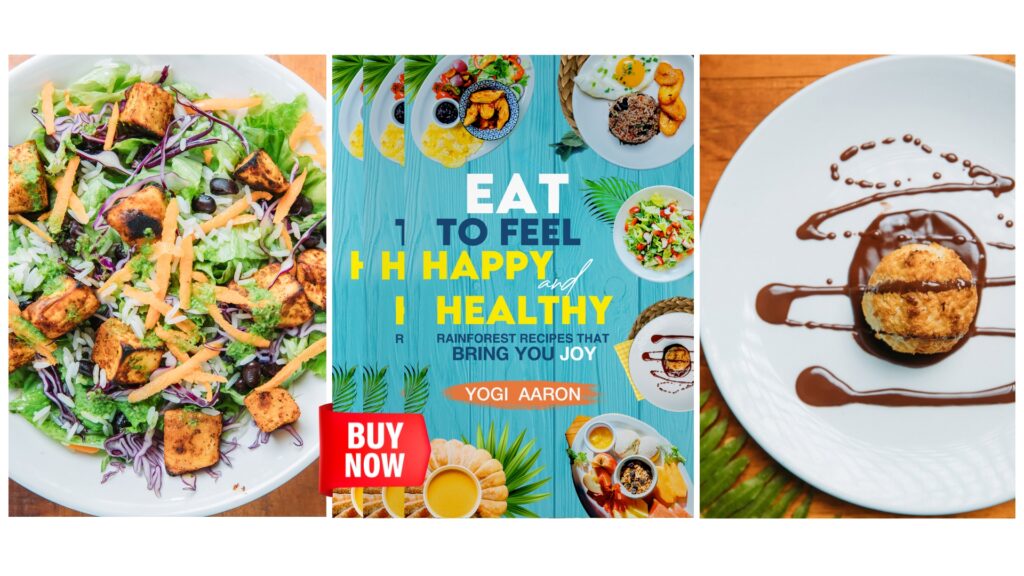
Pass the Butter!
In summary, you can stop feeling guilty about eating butter! In fact, you may be inspired to do like the Egyptians and try using it on your skin!
If you’re inspired to start eating clean, we hope you check out Blue Osa’s brand new book: Eat To Feel Happy and Healthy — Rainforest Recipes That Bring You Joy Now!
This book includes recipes that the Blue Osa kitchen crew and Yogi Aaron have developed and refined over the years. It’s chock full of our best breakfast, lunch, and dinner menus as well as recipes for our specialty breads, sauces, dressings, desserts, juices, smoothies, and cocktails!
We believe food should be FUN.
We believe food should be a CELEBRATION.
We believe food should be the FUEL that helps us live our most meaningful life!


